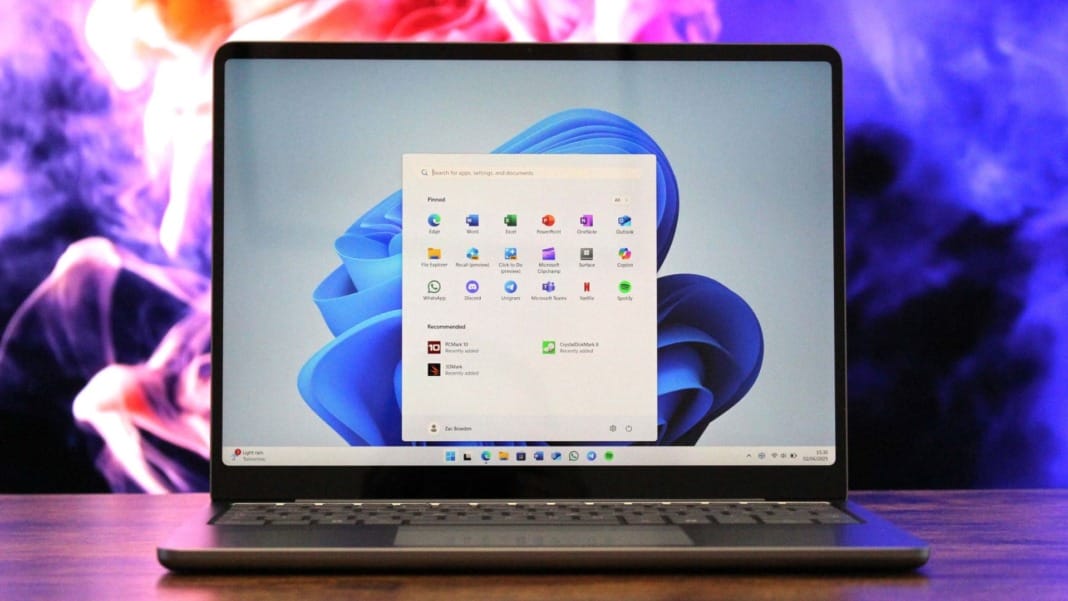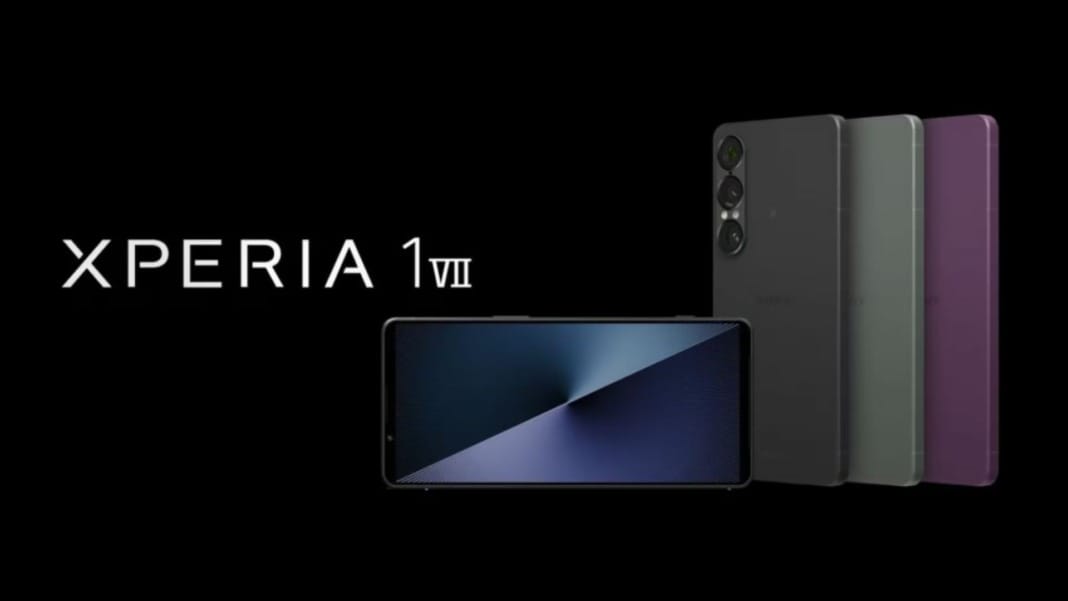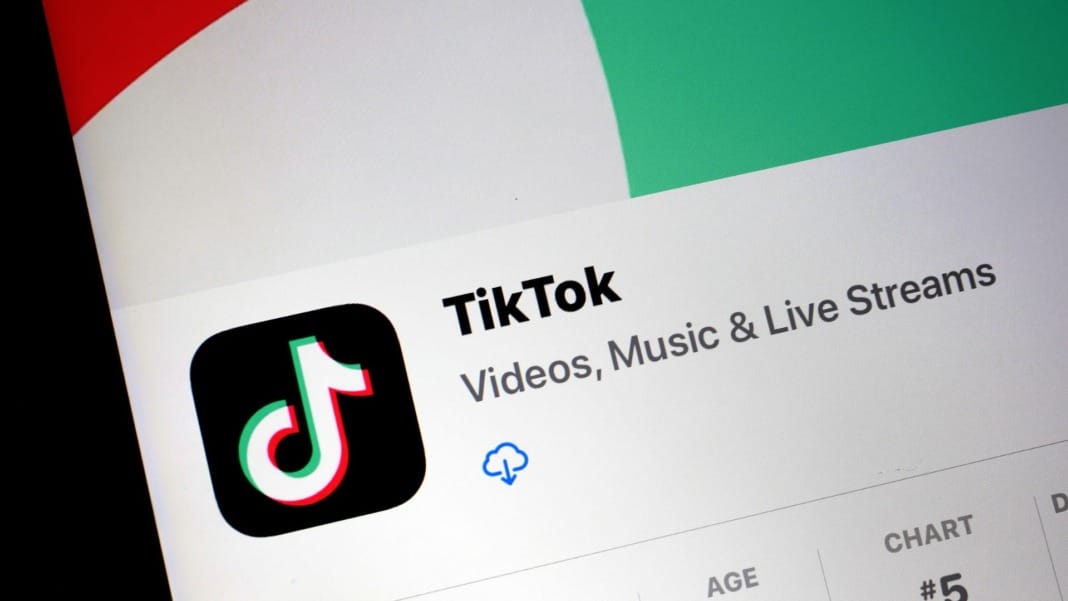You’ve finally made the switch — or at least, you’re part of the growing majority. Windows 11 has now officially overtaken Windows 10 as the world’s most used desktop operating system, just months before Microsoft ends support for its predecessor.
According to the latest data from StatCounter, as reported by Windows Central, Windows 11 now holds 52% of the global desktop market share, surpassing Windows 10, which accounts for 44.59%. This marks a significant milestone for Microsoft, nearly four years after the launch of Windows 11.
A slow start, but steady climb
While Windows 11 became the top choice among PC gamers as early as September 2023, most users stuck with Windows 10 until now. Microsoft first introduced Windows 11 in late 2021, but adoption was slower than expected.
In October 2023, leaked data revealed that over 400 million devices were using Windows 11. That sounds impressive — until you compare it to Windows 10, which reached that same number within just a year. In contrast, Windows 11 took two years to achieve it.
One reason for the slow rollout? Hardware limitations. While Microsoft offered a free upgrade path from Windows 10, many older PCs didn’t meet the new system’s stricter requirements. Windows 11 demands more modern CPUs and specific security features, leaving many users behind unless they upgrade their machines.
Microsoft has tried to nudge users with bold full-screen upgrade prompts, reminding them that Windows 10’s time is nearly up. With the October 14 end-of-support date fast approaching, the pressure is mounting.
Security updates come at a cost
Microsoft recently announced that once support for Windows 10 ends, you’ll need to pay to continue receiving security updates. But there’s a catch — you can get your first year for free if you agree to enable Windows Backup and sync your Documents folder to OneDrive.
If you don’t want to link your files to the cloud, you’ll have to pay US$30 for one year of updates. Alternatively, you can redeem 1,000 Microsoft Reward points instead — if you’ve been collecting them.
For many users still clinging to their old machines, this shift means making a tough choice: upgrade their PC, accept Microsoft’s cloud-based terms, or start paying for updates to keep their devices secure.
As Microsoft pushes forward with its latest system and Windows 10 nears retirement, the numbers show users are finally moving on. Whether by choice or necessity, Windows 11 is now the desktop OS leader — and there’s no turning back.





